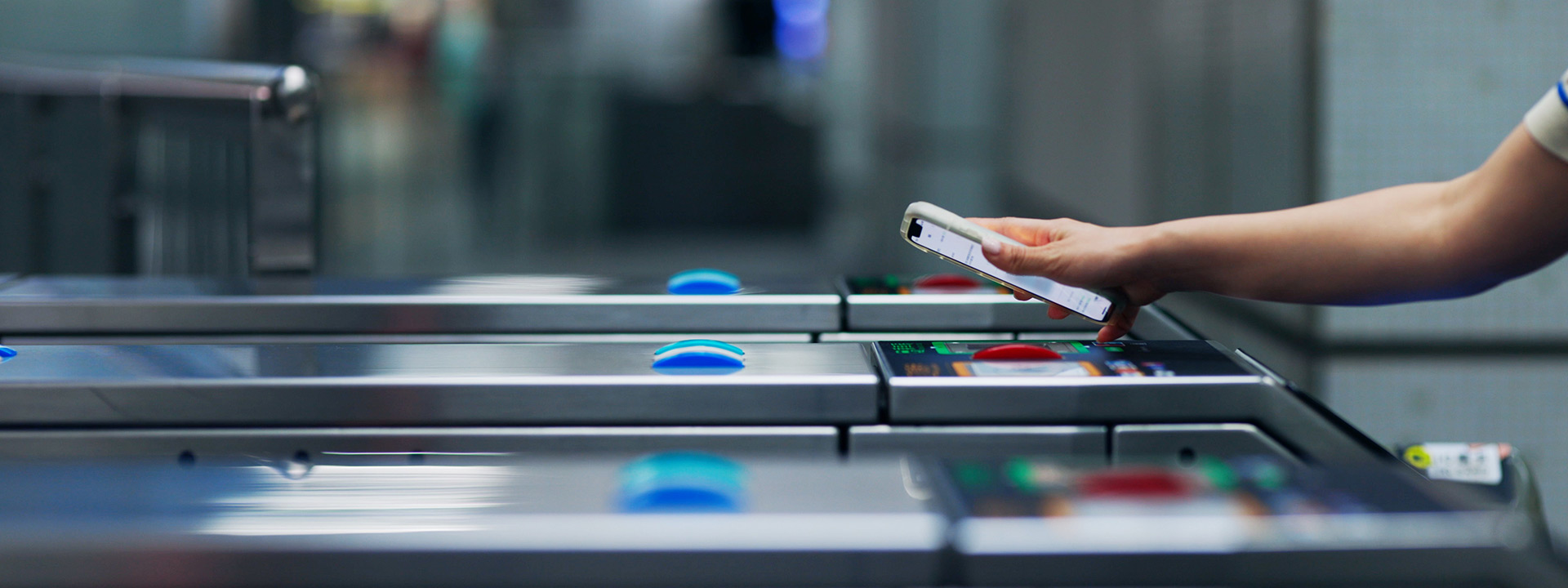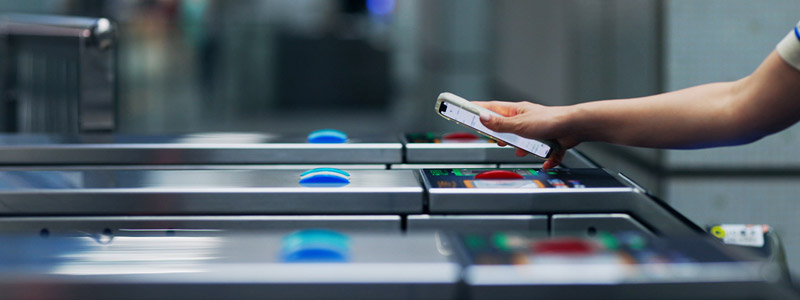

Just two years ago, Visa marked what felt like an epic milestone: we clocked 1 billion contactless transactions on public transit in less than a year. At the time, the team marveled at the magnitude of this global number and the 11 years of work it took to drive a technological overhaul for transit systems and behavioral change for consumers.
That figure has now doubled.
The idea of contactless payments for transit has gone from a novelty to a necessity as travelers look to save themselves time and effort, and transit operators look to simplify complex systems. Visa has launched over 870 contactless payment projects on transit systems around the world including Mexico City, Beijing and Venice, but plenty of work still lays ahead. As we eye the next three, four or even five billion contactless transit transactions — here’s a look at what two billion means to us (and YOU!).
What 2 billion transactions mean for the world
Imagine, if you will, what two billion Oyster Cards look like. Or MetroCards. Or Opal. Or any paper tickets. Conveniently for the math — they are all roughly the same size. If you picture two billion of any of these common ticket or transit cards, there would be enough of them to wrap around the earth more than 4x. That’s more than 100,000 miles of transit card that never had to be printed or thrown away.
More and more countries are pledging to reach net-zero emissions, but commitments made by many governments to date fall short of what is required to reach net zero by 2050. Reaching it will require more bold, immediate actions toward reducing emissions now — and public transit policy choices, including enabling tap-to-ride technology and fare capping, can go a long way toward hitting those goals.¹
What 2 billion transactions mean in our lives
Consider the amount of time that two billion contactless transactions potentially saved people at the ticket kiosk or waiting in an actual line to talk to a human.
For the sake of an experiment, I stopped at a kiosk tonight to see how long it would take me to get a paper ticket for my commute home. Luckily for me, there was no line, but I spent about 45 seconds at the machine. Multiply that by 2 billion, and we’ve just saved people around the globe a potential 2,852 years in the past 12 months alone.
And two billion only begins to scratch the surface. For starters, each transaction might be representative of multiple journeys and taps throughout the day. For many transit systems, taps are all settled as one transaction each night, so each transaction we see could potentially represent multiple moments of a rider tapping to pay. And Visa’s 2 billion milestone doesn’t even include other digital payment methods like in-app purchases.
People want convenience, and contactless technology is providing just that for the transit space. Visa reported that tap-to-pay penetration globally, excluding the U.S., was at 82 percent, and in the U.S., it was at 54 percent, with 29 out of the top 30 U.S. merchants accepting tap to pay.²
What 2 billion transactions mean to businesses and governments
Building these systems for transit isn’t a simple task. Visa partners deeply with governments, businesses and technology providers to overcome common challenges of complexity and connectivity by enabling contactless payments and offering additional services through the Visa Acceptance Platform.
Take Athens, for example, where a deeply complex transit system paired with aging card readers presented a unique challenge for OASA, Transport for Athens. Together, Visa, LG, Littlepay and Planeta Informatica overcame those complexities by keeping elements of the existing system while evolving them for the payment methods people have in their pockets today. By not starting from scratch with new hardware, the transit agency saved capital cost and time to rollout, resulting in seamless contactless payments across the city’s metro, tram, trolleybus and bus services.
Or in Bangkok, where Krungthai Bank and BEM worked with Visa Acceptance Platform's Token Management System to enable tap-to-ride acceptance without replacing their entire technology stack, while upgrading their legacy closed-loop system with a Visa prepaid card. This work opened up a wealth of contactless payment opportunities for cardholders outside of transit as well.
The road ahead (pun intended)
Every transit system has its own unique story. Having worked across hundreds of these projects, I can share that these themes of complexity and connectivity are not unique. Visa has helped with challenges around the globe, whether it was implementing prepaid cards in Cherkasy, Ukraine or using Visa Acceptance Solutions to enable transit in Las Vegas – we’re striving to partner and build better rider experiences and a more profitable environment for the transit agencies.
In a world where tapping to pay for public transit is no longer a matter of whether and why, but rather a question of when and how — what comes next is vital. Visa is here to partner and build the proverbial plumbing for the next generation of omnichannel payments in transit.
We’re working with cities, transit agencies and the many tech players in between to keep imagining and building a future that enables seamless transit and payments for millions of riders. If the two billion milestone tells us one thing, it’s that we’re beyond a critical mass, and thanks to digital payments, transit will never be the same.
- The Urban Mobility Scorecard Tool: Benchmarking the Transition to Sustainable Urban Mobility BRIEFING PAPER MAY 2023; World Economic Forum and Global New Mobility Coalition
- Visa Q4 Earnings, Fiscal Year 2024